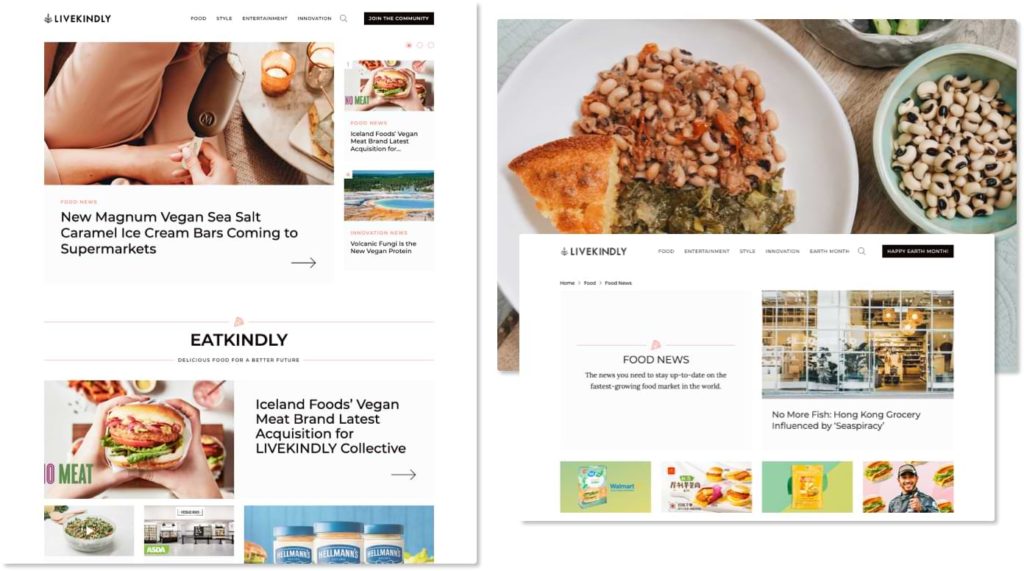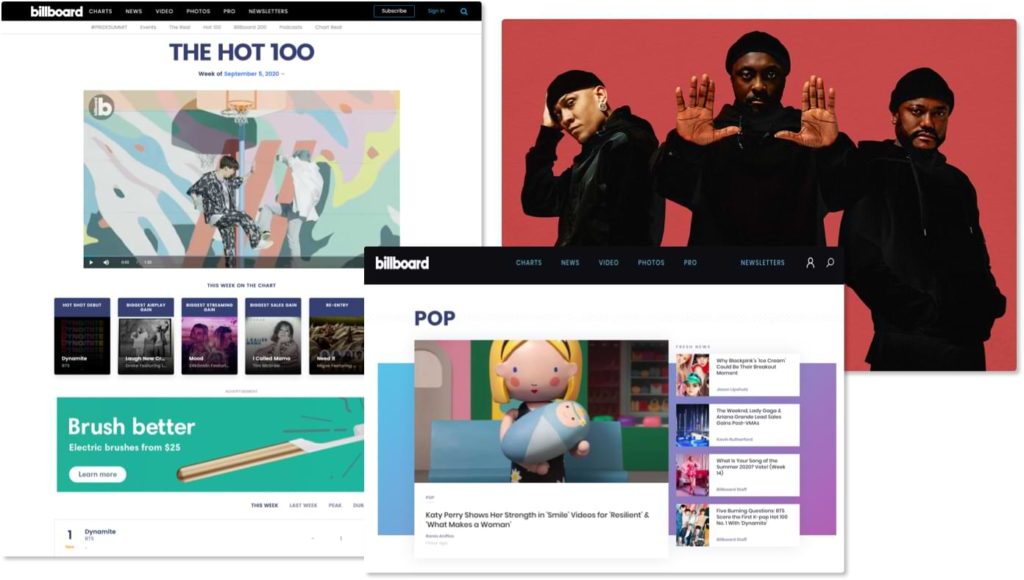Ernest Hemingway once wrote, “Everything is right until it’s wrong. You’ll know when it’s wrong.”
Hemingway may be a surprise contributor to a conversation on web design and development. But if you’ve got a website that’s underperforming, his words likely aggravate a familiar feeling: frustration.
Whether you’re a small business, large corporation, goodwill foundation, or something in between, you need a website that works and achieves your goals. And what you know or don’t know about web development may feel less important than this basic fact.
When the honeymoon is over
If you chose your web platform for its ease and simplicity, it may also be one of the features that’s fueling your technological angst. It may seem like the problem is the template or the plugins or maybe even the platform itself.
But as web developers, we see the problem differently. And that comes with two bits of very good news.
- Studies show a well-designed website is a strong difference maker. In other words, you’re right to want more and better.
- Your need for a better site is a cause for celebration. It means your organization’s goals are outpacing your current website. You’ve made a strategic discovery and landed on a truth of innovation: what got you here, won’t get you there.
3 Signs You’ve Outgrown Your Website
1. Your site engagement is low.
Your product, service, or cause may be extremely relevant or life changing. But if your website doesn’t immediately connect with visitors they won’t stick around to find out. In a recent study, Google found that it takes just 50 milliseconds after the page is loaded for a visitor to form an impression of your website’s design.
In such a short time, people aren’t using logic. It’s too fast to reason out whether to stay or go. Given the pace of today’s world, it’s no surprise that an unappealing design—much less a page that doesn’t load right away—will diminish site engagement before it even starts.
For visitors who do stick around, there are ways you can measure engagement. Page views per session can help determine if your content connects and converts. Bounce rates can identify how many visitors leave without looking around. Depending on your goals, how you define page engagement will be different. In other words, your results should be in conversation with your organization’s overall purpose. You don’t have to be a non-profit to create a purpose-driven website—even e-commerce sites can benefit from designing to increase user engagement.
2. Your current site doesn’t support a new feature you want to add.
Maybe it was your idea. Maybe you saw a competitor doing it. Either way, it’s normal to want to innovate on your website. In our recent project with LIVEKINDLY, a sustainable living-based publisher, their team wanted to add recipes to their website. Sounds easy, right?
Using an off the shelf app or plugin may work in the short term but eventually it’s going to slow down the entire site. Our team calls this temptation ‘adding more barnacles to your boat.’ The more apps, plugins, incorrectly sized images, and new GIFs the slower and weaker your site will become.
LIVEKINDLY’s goal was to support their community’s plant-based nutrition efforts but they, like most organizations, didn’t want to trade this feature for user engagement or a slower website. We started with their overall purpose and then designed a hierarchy of recipe pages that gave visitors an intuitive experience. As Mitchell Terpstra explains in Entrepreneur Magazine, audiences aren’t reading ‘cover to cover’ online. What’s driving their attention span? We think visitors need a visual story that creates an emotional connection. Bottom line: new features need more than backend integration—they need to plug into the story you’re telling on your website.

3. Your brand has evolved.
When it comes to marketing, we’ve found that websites are often one of the last places to reflect your brand’s evolution. While your website may feel outdated, your social media or YouTube presence may be much more current.
When Billboard Magazine contacted us last year, one of their biggest goals was to elevate their website to match their brand’s iconic reputation. They felt the look and feel of their Hot 100 page hadn’t really caught up with how users experience music today. Our project helped them tell a story across the site by anticipating what users wanted. Now, if you visit The Hot 100 you can see more than where a song ranks on the charts—you can watch a video clip, travel from music video to artist’s bio, even follow a different pathway to discover a new musician.
Has your brand evolved? A simple litmus test is listening to how you’re talking about your organization today. Does it match the way you present yourself on your website? If the answer is no, it’s time to start reimagining and strategizing a better site.

A Web Development Solution that Never Gets Old
To bring your website up-to-date, the obvious fix sounds like hiring a professional web development team. However, this solution solves one problem but also creates a new one. A more sophisticated website optimized to run on all cylinders means your team may not be able to make changes or updates on their own. So while your website is running faster and working great, updates may happen at a slower pace because now you’re relying on someone else to do them.
A crucial aspect of a web rebuild should include getting all the features you want and a platform that lets your team manage the site yourself. As you dream big about a website makeover also make sure to ask your developer some questions about site maintenance. While platforms like WordPress come with intuitive tools, you’ll want training on how to publish new content or make simple changes that keep your digital presence current without waiting on someone else’s calendar to open up.
Getting “everything right” shouldn’t mean one and done. As you upgrade your website, plan for the future with an approach you’re unlikely to outgrow.
First + Third specializes in a narrative approach to web development and design. Their visual storytelling strategy allows them to create modern websites that fuse the user’s experience with an organization’s greater purpose in order to achieve big results. First + Third’s totally remote and collaborative team serves a diverse client base from industry leaders like Billboard and Facebook to social changemakers like Lean In and LIVEKINDLY.



